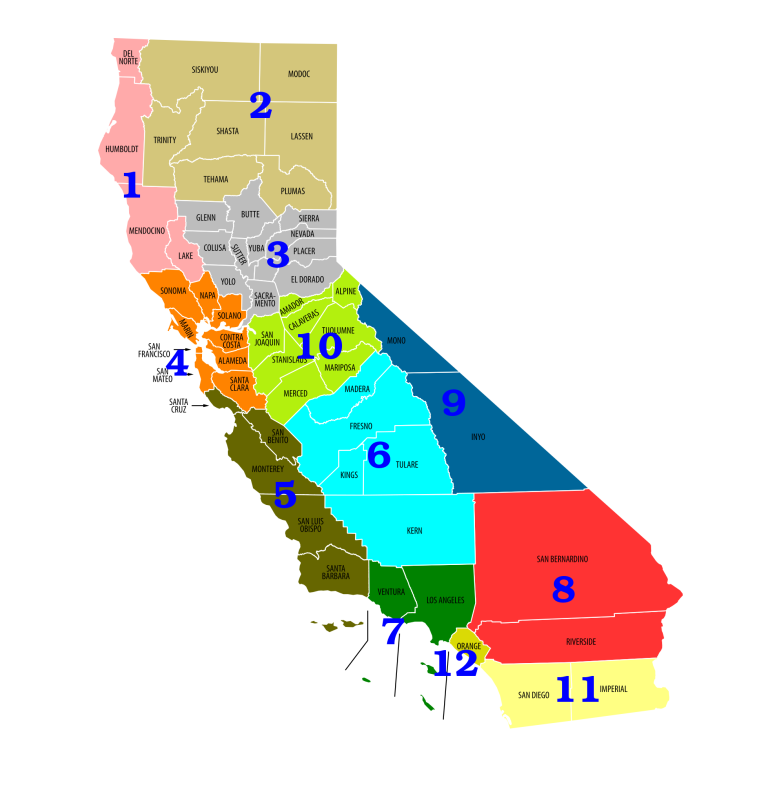Minnesota Road Cams: A Guide for Travelers and Commuters
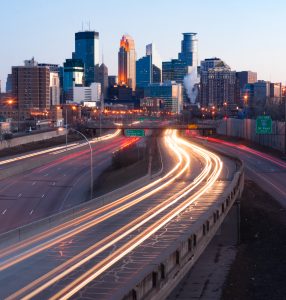
Minnesota is a state of contrasts, where the urban bustle of the Twin Cities coexists with the serene beauty of the North Woods, where the mighty Mississippi River flows alongside the scenic Lake Superior, and where the rich history and culture of the state are reflected in its diverse attractions and landmarks. Whether you are planning a road trip, a business trip, or a family vacation, Minnesota has something for everyone.
To help you make the most of your Minnesota driving experience, we have compiled a list of the main routes, scenic drives, and cities that you should not miss. Here are some highlights.
Main Routes in Minnesota
Minnesota has a well-developed network of highways and interstates that connect the major cities and regions of the state. Some of the main routes include:
- Interstate 35: This north-south interstate runs from the Iowa border to the Canadian border, passing through Minneapolis, St. Paul, Duluth, and several other cities. It splits into I-35W and I-35E in the Twin Cities, and rejoins near Forest Lake. It is the main route for travelers from the south and the east.
- Interstate 94: This east-west interstate runs from the North Dakota border to the Wisconsin border, passing through Moorhead, St. Cloud, Minneapolis, St. Paul, and several other cities. It is the main route for travelers from the west and the east.
- Interstate 90: This east-west interstate runs from the South Dakota border to the Wisconsin border, passing through Worthington, Albert Lea, Austin, and several other cities. It is the main route for travelers from the southwest and the southeast.
- U.S. Highway 61: This north-south highway runs from the Iowa border to the Canadian border, following the Mississippi River for most of its length. It passes through Winona, Red Wing, Hastings, St. Paul, and several other cities. It is part of the Great River Road, a scenic route that showcases the natural and cultural heritage of the river valley.
- U.S. Highway 2: This east-west highway runs from the North Dakota border to the Wisconsin border, passing through Crookston, Bemidji, Grand Rapids, Duluth, and several other cities. It is part of the Historic U.S. Route 2, a scenic route that spans across the northern part of the country.
Scenic Drives in Minnesota
Minnesota is known for its natural beauty and scenic landscapes, and there are many ways to enjoy them by car. Some of the most popular scenic drives include:
- North Shore Scenic Drive: This drive follows the north shore of Lake Superior from Duluth to the Canadian border, passing through charming towns, state parks, waterfalls, lighthouses, and historic sites. It is one of the most scenic routes in the state, offering stunning views of the lake and the surrounding forests and cliffs. It is also part of the Lake Superior Circle Tour, a route that encircles the entire lake.
- Minnesota River Valley National Scenic Byway: This drive follows the Minnesota River from Browns Valley to Belle Plaine, passing through prairies, bluffs, wetlands, and woodlands. It showcases the natural and cultural history of the river valley, as well as its recreational opportunities. It is also part of the Minnesota River Valley Trail, a network of trails and parks along the river.
- Otter Trail Scenic Byway: This drive follows the Otter Tail River from Fergus Falls to Perham, passing through lakes, hills, farms, and small towns. It highlights the rural and agricultural character of the region, as well as its wildlife and outdoor activities. It is also part of the Pine to Prairie Birding Trail, a route that features some of the best birdwatching spots in the state.
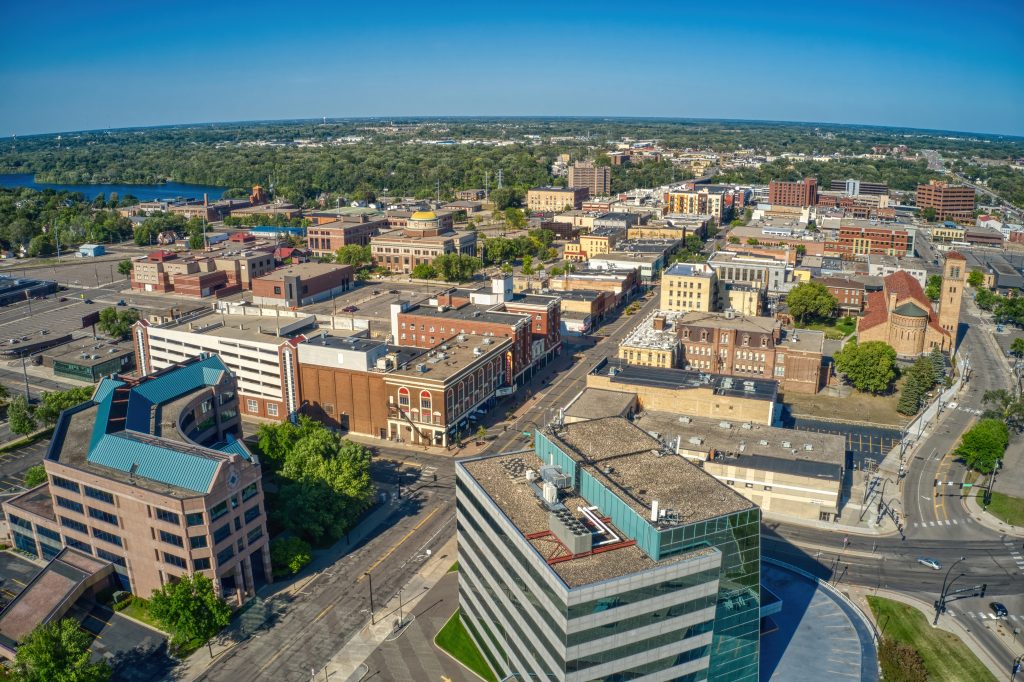
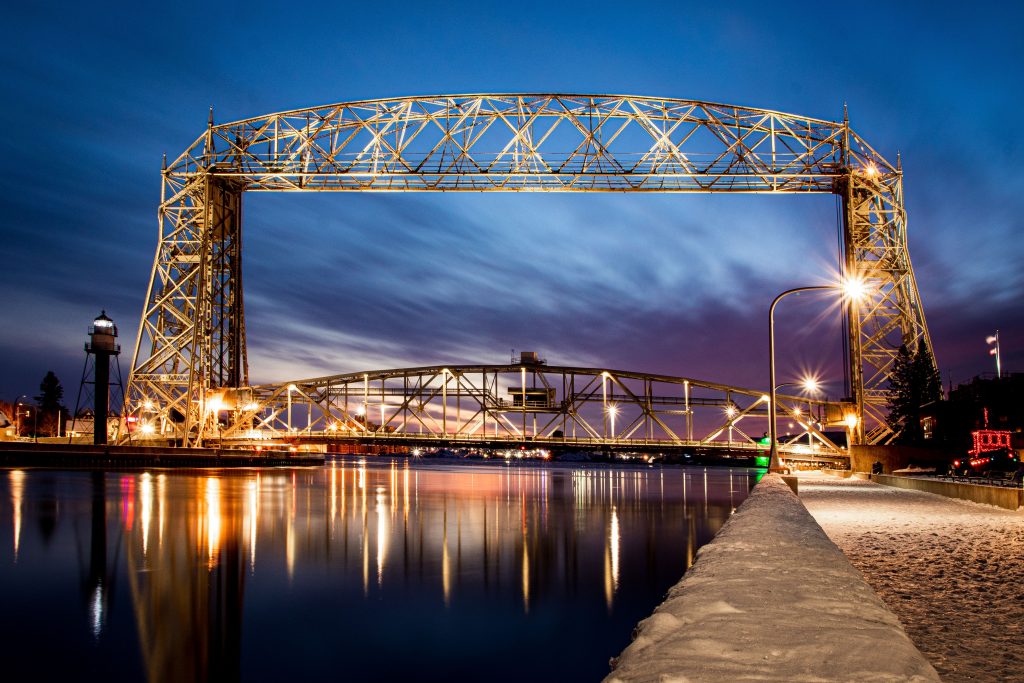
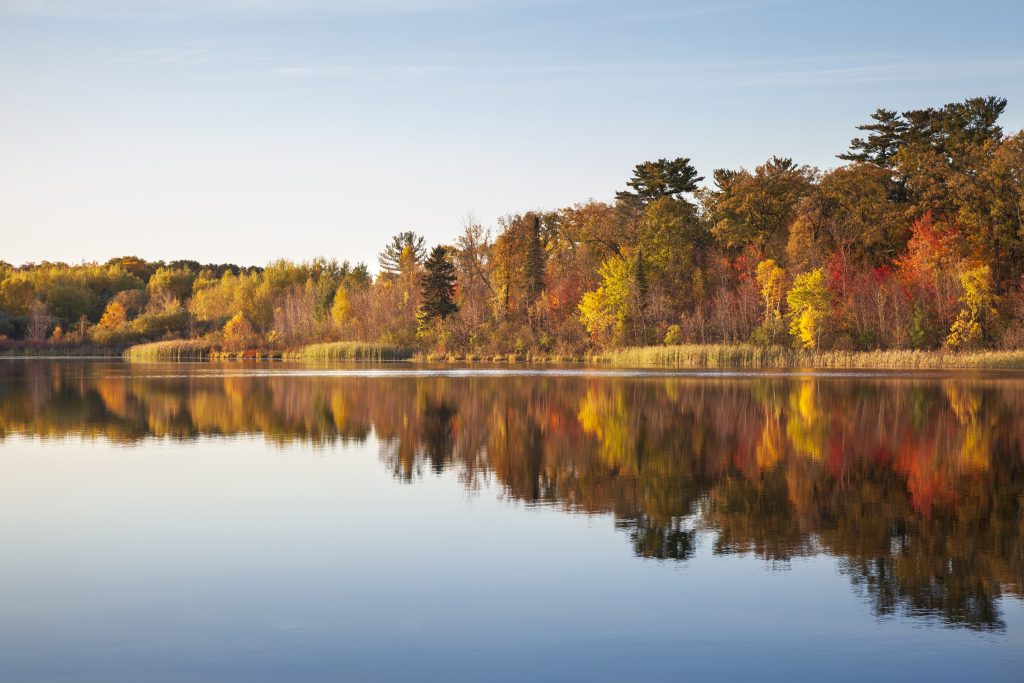
Main Cities in Minnesota
Minnesota is home a number of cities, each with its own charm and personality. Here are some of the main cities that you should visit:
- Minneapolis: The largest city in the state, Minneapolis is a hub of culture, commerce, and entertainment. It is known for its arts and music scene, its sports and recreation facilities, its parks and lakes, and its iconic landmarks, such as the Stone Arch Bridge, the Guthrie Theater, and the Walker Art Center. It is also part of the Twin Cities metropolitan area, along with St. Paul, the state capital.
- St. Paul: The second-largest city in the state, St. Paul is the seat of government, education, and history. It is known for its historic buildings, its museums and libraries, its festivals and events, and its diverse neighborhoods, such as Lowertown, Cathedral Hill, and Grand Avenue. It is also part of the Twin Cities metropolitan area, along with Minneapolis, the state’s largest city.
- Duluth: The fourth-largest city in the state, Duluth is a port city on the western tip of Lake Superior. It is known for its maritime heritage, its outdoor adventures, its scenic attractions, and its cultural amenities, such as the Aerial Lift Bridge, the Canal Park, the Glensheen Mansion, and the Great Lakes Aquarium. It is also the gateway to the North Shore, a popular tourist destination.
- Rochester: The fifth-largest city in the state, Rochester is a center of health care, innovation, and education. It is known for being the home of the Mayo Clinic, one of the world’s leading medical institutions, as well as the University of Minnesota Rochester, a public research university. It is also known for its arts and culture, its parks and trails, and its downtown skyline, featuring the Plummer Building and the Mayo Civic Center.
- Winona: The tenth-largest city in the state, Winona is a river city on the Mississippi River. It is known for its historic architecture, its arts and culture, its festivals and events, and its natural beauty, featuring the Sugar Loaf bluff and the Winona Lake Park. It is also known for being the birthplace of several famous people, such as J.R. Watkins, Sinclair Lewis, and Winona Ryder.
Driving in Minnesota
Driving in Minnesota can be a rewarding and enjoyable experience, but it can also pose some challenges and hazards, especially in the winter. Here are some tips and advice for driving safely and comfortably in Minnesota:
- Check the weather and road conditions before you leave. Minnesota can experience extreme weather conditions, such as snow, ice, rain, wind, fog, and thunderstorms, that can affect the visibility, traction, and traffic on the roads. You can check the current and forecasted weather and road conditions online or by calling 511. If the weather is too severe or the roads are too dangerous, avoid unnecessary travel or postpone your trip until the conditions improve.
- Prepare your vehicle and pack an emergency kit. Make sure your vehicle is in good working order and has enough gas, oil, coolant, and windshield washer fluid. Check your tires, brakes, lights, wipers, and battery, and make sure they are suitable for the season and the terrain. Pack an emergency kit that includes items such as a scraper, a shovel, a jumper cable, a tow chain, a flashlight, a blanket, a first-aid kit, a fire extinguisher, a phone charger, and some food and water. These items can help you in case of a breakdown, a crash, or a stranded situation.
- Buckle up and put away distractions. Always wear your seat belt and make sure your passengers do the same. It is the law in Minnesota, and it can save your life in a crash. Avoid distractions, such as texting, calling, eating, drinking, or adjusting the radio, while driving. Focus on the road and the traffic around you. Minnesota is a hands-free cell phone state, which means you cannot hold your phone or any other electronic device while driving. You can only use voice commands or single-touch activation to make calls, send messages, or use navigation.
- Drive according to the conditions and follow the rules of the road. Adjust your speed, following distance, and braking according to the weather, the road, and the traffic conditions. Drive slower and leave more space between you and the vehicle in front of you when the roads are slippery, wet, or congested. Brake gently and gradually to avoid skidding or sliding. Follow the speed limits, the traffic signs, and the signals, and obey the laws and regulations. For example, you must turn on your headlights when it is snowing or raining, you must not pass a school bus when its red lights are flashing, and you must move over or slow down when approaching an emergency vehicle or a road maintenance vehicle on the shoulder.
- Be alert and courteous to other drivers and road users. Watch out for other vehicles, especially large trucks, buses, motorcycles, and snowplows, and give them enough room and time to maneuver. Watch out for pedestrians, bicyclists, and animals, and yield to them when appropriate. Use your turn signals, your horn, and your mirrors to communicate your intentions and actions. Do not tailgate, cut off, or block other

